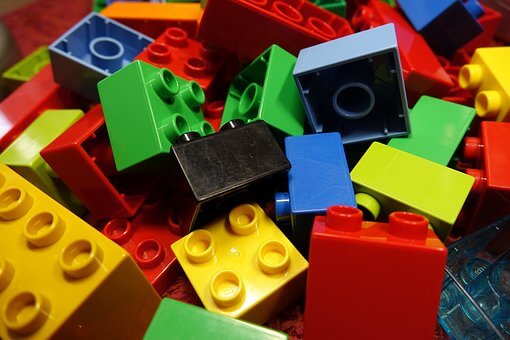Using injection molding or the molded parts has proven to be excellent ways to manufacture parts and products. This technology carries plastic to a heated barrel. Plastic is placed in the molding cavity then and the final product is molded in the molding cavity.
Plastic injection molding is preferred over other plastic molding methods for some reasons. It is simple, efficient and consistent. Do not hesitate to manufacture parts/products using plastic injection molding if you own or manage manufacturing facilities. Let’s examine many of the reasons why many manufacturing facilities are adopting this method.

If you are reading this blog, I suppose you know about plastic injection molding, one of the most common methods of mass production of plastic parts. To test this, plastic is supplied to the heated cylinder using this technique. The material is mixed, placed in the molding cavity, molded in the molding cavity and cured to the final product. Although you may not know, plastic injection has many advantages and advantages over comparative plastic processing and manufacturing methods. The top 10 merit of plastic injection molding is as follows.
1) It’s accurate
Plastic injection molding is really an exact method that it may fabricate nearly any kind of plastic part. There are specific design limitations, however, the molds which are made permit the end product to be really precise. Actually, precision is usually within 0.005 inches.
2) Versatility
Apart from being accurate, plastic injection molding is also flexible. It’s simple to change the color that the product is being produced in as well as the type of material that is being produced.
3) It’s fast
Plastic injection molding is fantastic for lengthy manufacturing runs because it is incredibly fast. The precise speed relies upon the how to go about the mold under consideration. However, only fifteen to thirty seconds pass in between each cycle time. This rate of production is a lot quicker than other available production methods.
4) Low labor costs
A part of the great point of plastic injection molding is that the device operates with automated automatic startup tool and improves efficiency. Because it is difficult to monitor the work of automated equipment that only works rarely, less work is required.
5) Environmentally Friendly
Because the majority of the plastic-type could be ground-up and reused for future production, there’s low waste in the plastic injection molding process.

6) Well suited for creating high-strength components
A great advantage of plastic injection molding is the ability to add fillers to the ingredients during processing, thereby increasing the strength of the finished parts while reducing the density of the liquid plastics. Plastic injection molding is an ideal process for industries and products where parts must be strong
7) A smooth finished appearance
Plastic injection molding is usually a process in which the manufactured part has little or no finishing touch. This is because the shape of the collapsed part is closest to the finished appearance. Yes, the surface finish is really good except shape! Returning to the advantage of # 3 in this list, here is another example of how low injection effort can result in injection molding.
8) Multiple Materials
Simultaneous injection molding allows simultaneous use of multiple types of materials. For example, you can add a filler to the hopper and add strength, or change the properties of the plastic material.
9) Less expensive than plastic machining
Initial production of molds can be expensive at cost of several thousand dollars. However, once the shape is created, you can create very large quantities of plastic parts with minimal cost. Because of this, a large series of plastic processing can cost 25 times more than plastic injection molding.
10) It’s broadly applied
Plastic injection molding is among the most widely used plastic producing processes. Just browse around, you will see lots of items that were likely made through the process for sure.


